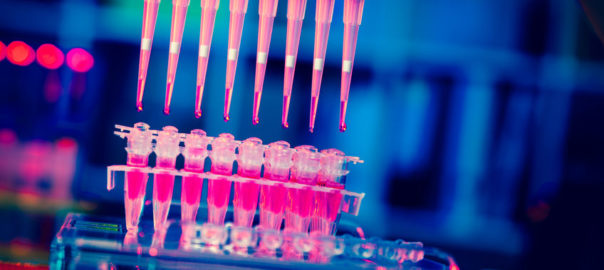How Stem Cells are Collected and Used in Regenerative Treatments

Stem cell therapies are becoming more and more common for a variety of regenerative treatments. Many people are against stem cell treatments because they are unaware or misinformed about how stem cells are collected and used in regenerative treatments. Being armed with this knowledge will help you make a decision about whether or not to pursue these treatments for your own medical conditions.
Where Stem Cells Come From
Many people hear about stem cell research and treatments and think of the news stories they have seen about stem cell research and embryos. However, the most common stem cell research and treatments do not use embryonic stem cells.
Most stem cells are derived from bone marrow. For some regenerative treatments, a stem cell donor is needed. For other treatments, you may be able to use your own stem cells. In either case, bone marrow is extracted, usually from the hip. This bone marrow is then processed to extract the stem cells, and these stem cells are injected into the affected area.
What Can Be Treated
Stem cells harvested in this way can be used in a number of treatments. Research is ongoing, but it is well accepted that stem cells could be used to treat almost any disease once their true potential has been exploited. The most common conditions to be treated with stem cells include certain cancers, degenerative disc disease, arthritis, and joint conditions or injuries. Stem cells have also recently been used to treat AIDS and HIV, among other diseases.
If you are interested in stem cell therapy or regenerative treatments, contact a doctor specializing in this area today. While your primary care doctor will not have the knowledge and expertise to discuss these treatments, an experienced doctor involved in stem cell research and application will be able to discuss your condition and options.


